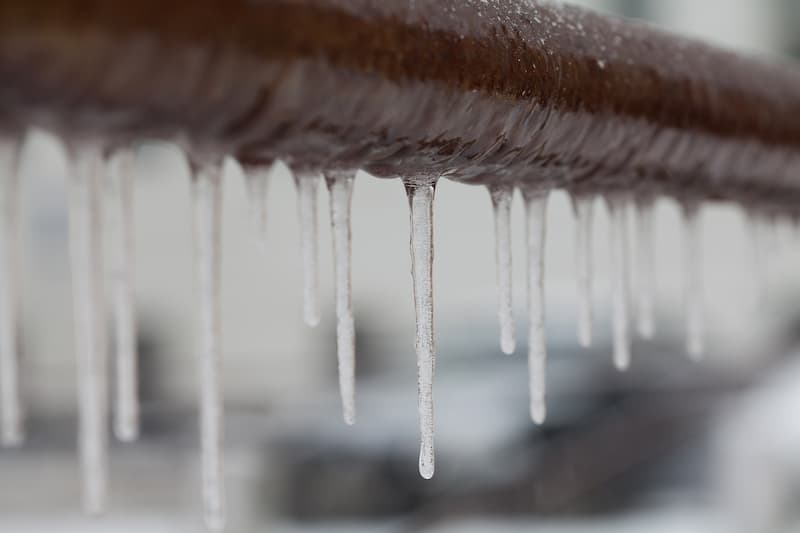How to Properly Thaw Frozen Pipes

You wake up on a freezing Indian River January morning. There’s 3 inches of snow on the ground and it is 20 degrees outside. You turn on the faucet in order to get water for your coffee. You hear a gurgling sound followed by a brief tiny trickle of water and then…nothing. Your pipes are frozen.No coffee. No way! In your haste to thaw the frozen pipe, you light a torch or a boil some water apply it to the frozen area, and BAM! Your pipe busted. True story.
M&M Plumbing, Heating, & Cooling has seen and helped homeowners out with their frozen & busted pipes many times. So here some practical common sense techniques that will keep us from turning a minor problem into a major catastrophe. Try these simple handy steps next time your pipes freeze.
- The very first step is locating the frozen areas of the pipe. In some cases the entire pipeline is frozen from the main water supply to just below the house entry. But in most cases, the frozen parts of the pipe are isolated and can be located.
- Begin by turning off the main water supply in order to prevent the flow of water after the ice has melted. Next, open up all the faucets and water outlets in the house. If there is no running water coming out of the faucets then there’s a good chance that the area around the water meter is frozen. You can test the meter and the surrounding pipes by touching to see if they are extremely cold. If so, it’s likely that they are frozen. If water runs, say, in the bathroom, but not the kitchen, then a pipe in the kitchen area is probably frozen.
- When you have identified the frozen pipe, then turn on the faucet connected to the pipe. All of the other faucets in the house are also turned. Make sure the hot water is turned on, and the cold water turned off. Once the ice has thawed enough to allow a flow through the pipe, turn all other faucets to a trickle. This will keep the hot water flowing. Allow the frozen pipe to completely thaw and the water to flow freely before turning it off.
- Other methods may include using a hairdryer on a low setting, using a heat lamp or other device that provides gentle warm air. If you use a hairdryer or an item that blows air, then direct the flow of air into the faucet, allowing the steam to exit. When steam builds up in a frozen pipe it can cause enough pressure to burst a heavily frozen pipe.
Items such as a blow torch or flame will inevitably create too much heat too soon causing the pipe to burst. Boiling water will also have an adverse affect on a frozen pipe. Basically, all heat applied to a frozen pipe must be subtle and incremental in order to allow the ice to melt and the metal to slowly contract.
Become a Gold Star Partner Today!
Partners get a customized inspection plan for your home that allows us to keep your plumbing, heating, and cooling running efficiently and reliable all year long!
Learn More About the Gold Star Partner Plan
Get A Free Quote From A professional Indian River Plumbing, Heating & Air Conditioning Company Today!